-
Rooted in industrial chic and timeless leathercraft, this stool channels the en...
-
Inspired by the timeless elegance of mid-century modern design, this chair pays...
-
Stripped of all excess, this chair embraces essential form with intentional des...
-
Step into the world of classic design, a remarkable fusion of style and comfort...
-
Find out this versatile icon of design chair that effortlessly blends into any ...
-
Discover this metal chair, a symbol of modern craftsmanship that combines simpl...
-
The chair's design is characterized by its simplicity and functionality. The ar...
-
The Minimalist Black Design Chairs is an iconic piece of furniture that has lef...
-
Bring a touch of rustic industrial charm to any setting with our Industrial Woo...
-
The Backless Black Metal Stools feature a distinctively simple yet elegant stru...
-
The timeless elegance of our Classic Black Metal Design Chairs—where sleek soph...
-
The stool's minimalist design is accentuated by its clean lines and geometric s...
How to clean office chair?
A clean office chair isn't just about aesthetics; it's about hygiene, comfort, and extending the lifespan of your investment. Over time, office chairs accumulate dust, dirt, skin oils, and even bacteria. A regular cleaning routine will keep your chair looking new and prevent the buildup of allergens and unpleasant odors. This guide will walk you through the professional steps to clean various types of office chair materials.
General Preparation: The First Steps
Before you begin any deep cleaning, always perform these preliminary steps:
-
Vacuum Thoroughly: Use a vacuum cleaner with an upholstery attachment to remove loose dirt, dust, crumbs, and pet hair from all surfaces of the chair, including the seat, backrest, armrests, and crevices. Pay special attention to seams and where the seat meets the back.
-
Check the Manufacturer's Instructions: Most chairs come with care labels or manuals that specify cleaning recommendations for their particular materials. Always defer to these instructions first to avoid damaging your chair.
-
Test in an Inconspicuous Area: Before applying any cleaning solution, always test it on a small, hidden area of the chair to ensure it doesn't cause discoloration or damage.
-
Gather Your Supplies: Having everything on hand will make the process smoother. You'll likely need:
-
Vacuum cleaner with upholstery attachment
-
Microfiber cloths (several)
-
Mild dish soap or upholstery cleaner
-
Soft-bristle brush
-
Spray bottle
-
Bucket of clean water
-
Rubbing alcohol (for some materials)
-
Leather cleaner/conditioner (for leather chairs)
-
Steam cleaner (optional, for fabric)
-
Cleaning Different Chair Materials
The cleaning approach varies significantly based on the chair's material.
1. Fabric Office Chairs (Mesh, Cloth, Upholstered)
Fabric chairs are common but can absorb spills and odors easily.
-
Spot Cleaning: For small stains, mix a few drops of mild dish soap with warm water in a spray bottle. Lightly mist the stained area (do not saturate). Gently blot with a clean microfiber cloth, working from the outside of the stain inwards. Rinse the cloth frequently and continue blotting until the stain lifts.
-
Deep Cleaning (for overall grime):
-
Vacuum again: After spot cleaning, give the entire chair another thorough vacuum.
-
Prepare cleaning solution: Mix a small amount of mild liquid detergent (like woolite or a dedicated upholstery cleaner) with warm water.
-
Apply lightly: Dip a clean microfiber cloth into the solution, wring it out very well so it's only damp, not wet. Gently wipe down sections of the fabric. Avoid over-wetting, as this can lead to mildew or damage to the internal foam.
-
Rinse: Use another clean cloth dampened with plain water to wipe away any soap residue.
-
Air Dry: Allow the chair to air dry completely in a well-ventilated area. You can use a fan to speed up the process. Do not use the chair until it's fully dry.
-
-
Steam Cleaning (Advanced): For a deeper clean, a steam cleaner can be very effective on fabric. Use the upholstery attachment and follow the manufacturer's instructions. Steam helps to lift dirt and kill bacteria, but again, avoid over-saturating the fabric.
2. Leather Office Chairs
Leather is durable but requires specific care to prevent drying out and cracking.
-
Dusting and Wiping: Regularly wipe down leather chairs with a soft, dry microfiber cloth to remove dust. For light dirt, dampen the cloth with distilled water and gently wipe.
-
Cleaning:
-
Mild Soap Solution: Mix a small amount of mild non-detergent soap (like castile soap) with distilled water.
-
Gentle Wipe: Dip a soft cloth into the solution, wring it out thoroughly, and gently wipe down the leather in small sections. Do not rub vigorously.
-
Rinse: Use a separate clean cloth dampened with plain distilled water to wipe away any soap residue.
-
Dry: Immediately dry the leather with a clean, dry microfiber cloth.
-
-
Conditioning: After cleaning, or at least every 3-6 months, apply a high-quality leather conditioner. This helps to keep the leather supple and prevents cracking. Apply a small amount to a clean cloth and gently rub into the leather, following the product's instructions.
-
Avoid: Harsh chemical cleaners, abrasive scrubbers, and excessive water.

3. Faux Leather / PU Leather Office Chairs
Faux leather is easier to clean than genuine leather but can be prone to cracking if not maintained.
-
Wiping: For daily maintenance, simply wipe with a damp cloth.
-
Cleaning:
-
Mild Soap Solution: Mix a few drops of mild dish soap with warm water.
-
Wipe Down: Dampen a microfiber cloth with the solution and wipe down the entire surface.
-
Rinse: Wipe with a clean cloth dampened with plain water to remove soap residue.
-
Dry: Dry thoroughly with a clean, dry cloth.
-
-
Conditioning (Optional): Some faux leather products benefit from a vinyl protectant or a dedicated faux leather conditioner to maintain flexibility.
4. Mesh Office Chairs
Mesh chairs are breathable but can trap dust and small particles in their weave.
-
Vacuuming: Regular and thorough vacuuming with a brush attachment is crucial to remove trapped dust.
-
Wiping: For stains or general grime, wipe the mesh with a damp microfiber cloth dampened with a mild soap and water solution (similar to fabric chairs).
-
Brush if needed: For stubborn dirt lodged in the mesh, a soft-bristle brush can help dislodge it before wiping.
-
Air Dry: Allow to air dry completely.
5. Plastic and Metal Components (Chair Base, Arms, Casters)
These parts are often overlooked but are crucial for the chair's function and appearance.
-
Wiping: Use a clean microfiber cloth dampened with warm water and a small amount of all-purpose cleaner or mild dish soap.
-
Stubborn Grime: For tougher grime or sticky residue, a little rubbing alcohol on a cloth can be effective on plastic and metal, but always test first.
-
Casters: Turn the chair over and inspect the casters. Use tweezers or a small brush to remove any hair, lint, or debris wrapped around the wheels. A spray of silicone lubricant can help them roll smoothly.
-
Polishing (Metal): For metal parts, a metal polish can restore shine, but ensure it's suitable for the specific metal type.
Tips for Longevity and Maintenance
-
Regular Light Cleaning: Don't wait for your chair to look visibly dirty. A quick weekly wipe-down and vacuum can prevent major cleaning sessions.
-
Address Spills Immediately: The faster you clean up a spill, the less likely it is to set into a permanent stain.
-
Avoid Harsh Chemicals: Bleach, ammonia-based cleaners, and abrasive cleaners can damage most chair materials.
-
Protect from Sunlight: Direct sunlight can fade fabric and dry out leather, leading to cracking.
-
Use Chair Mats: A chair mat protects your flooring and allows your chair to roll more easily, reducing wear and tear on the casters.
By following these professional cleaning guidelines, you can ensure your office chair remains a clean, comfortable, and durable asset in your workspace for years to come.

 English
English Français
Français Español
Español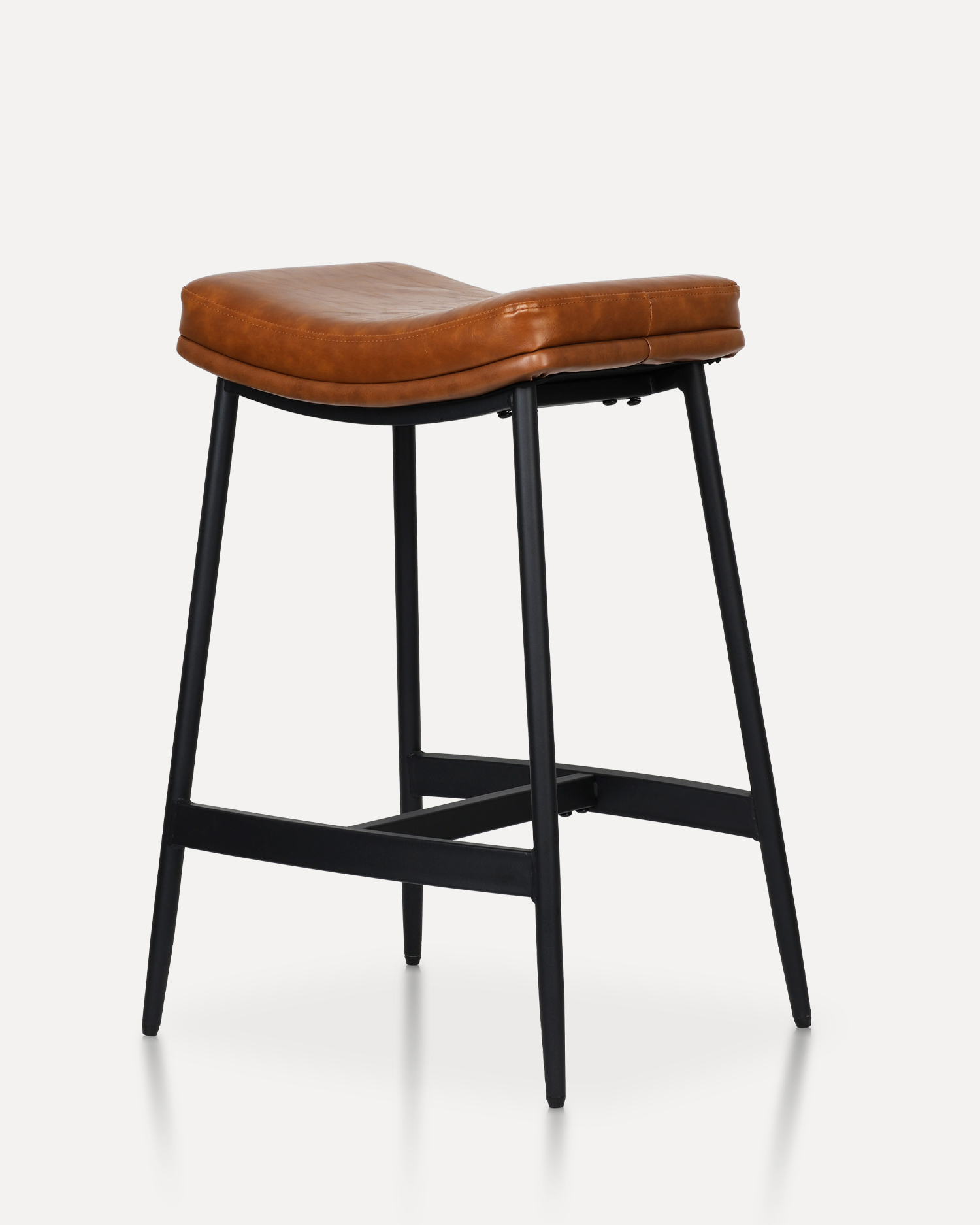
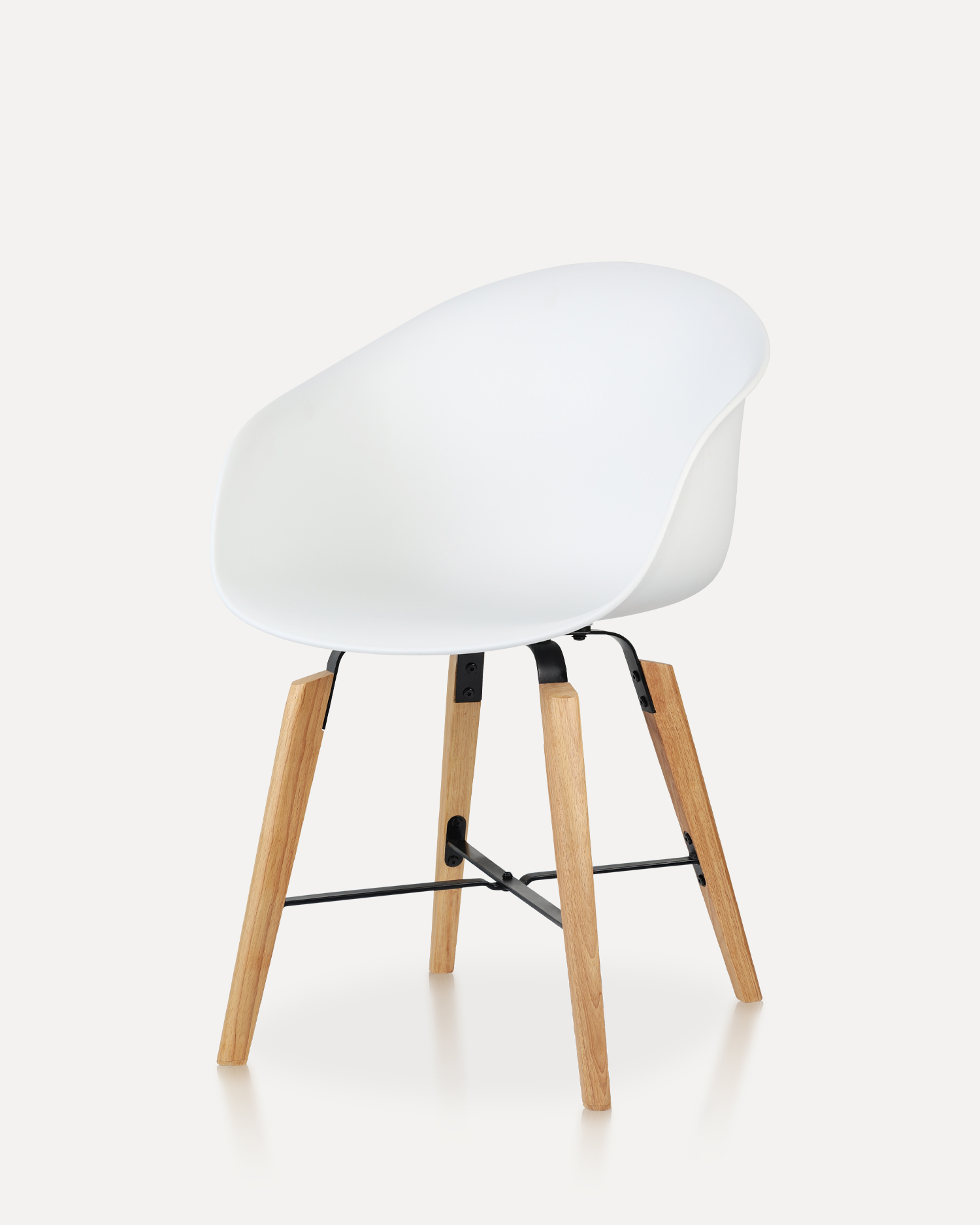
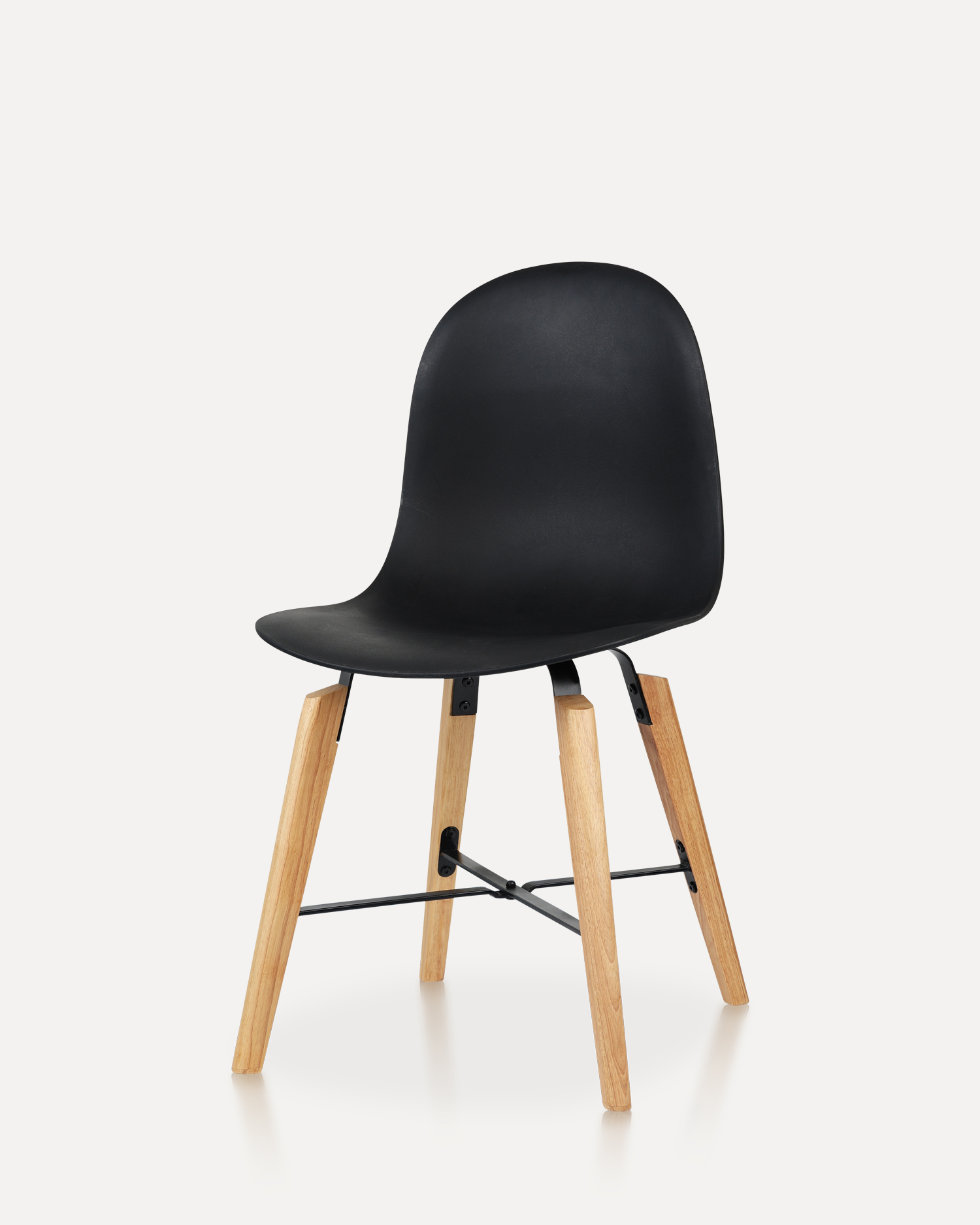

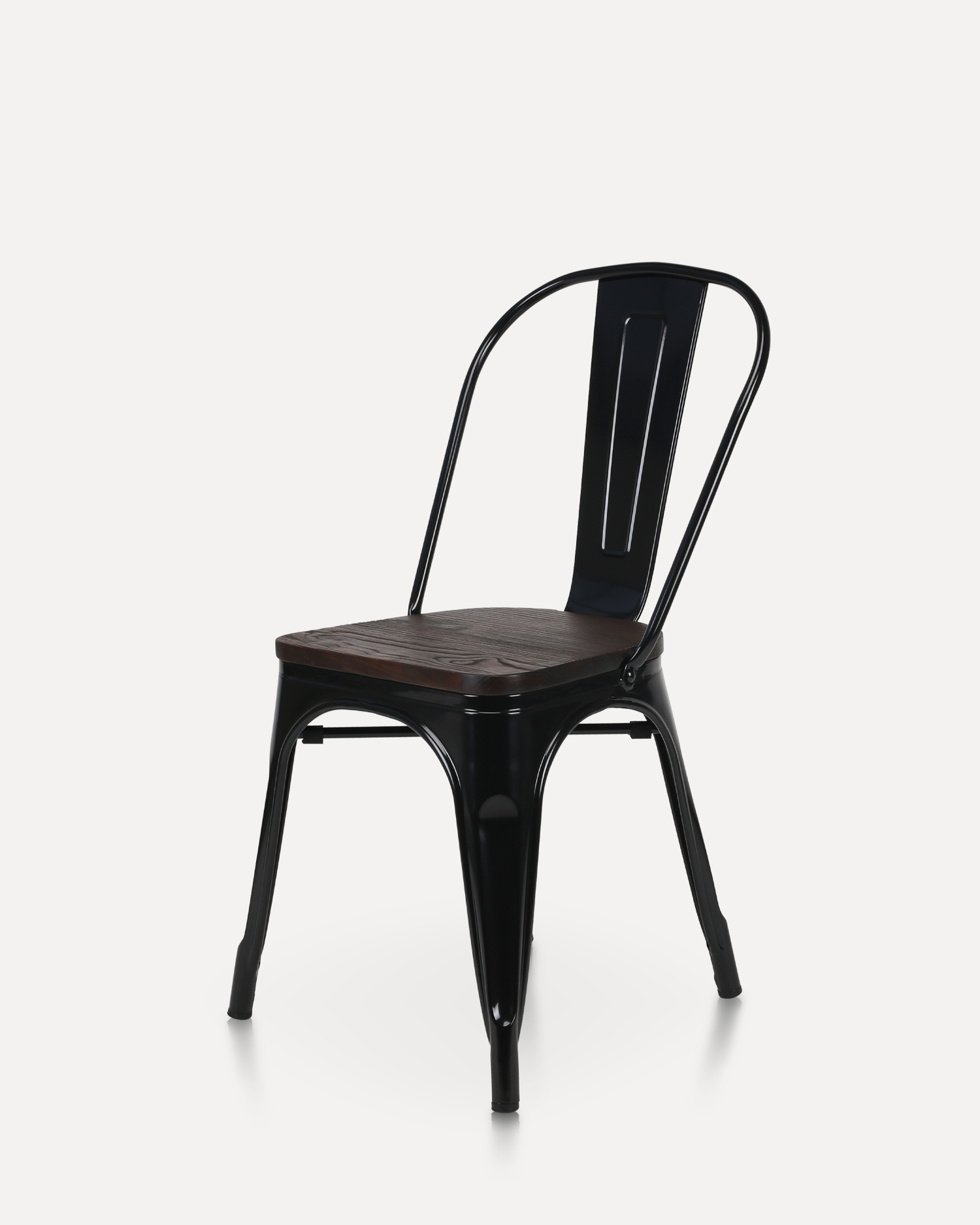
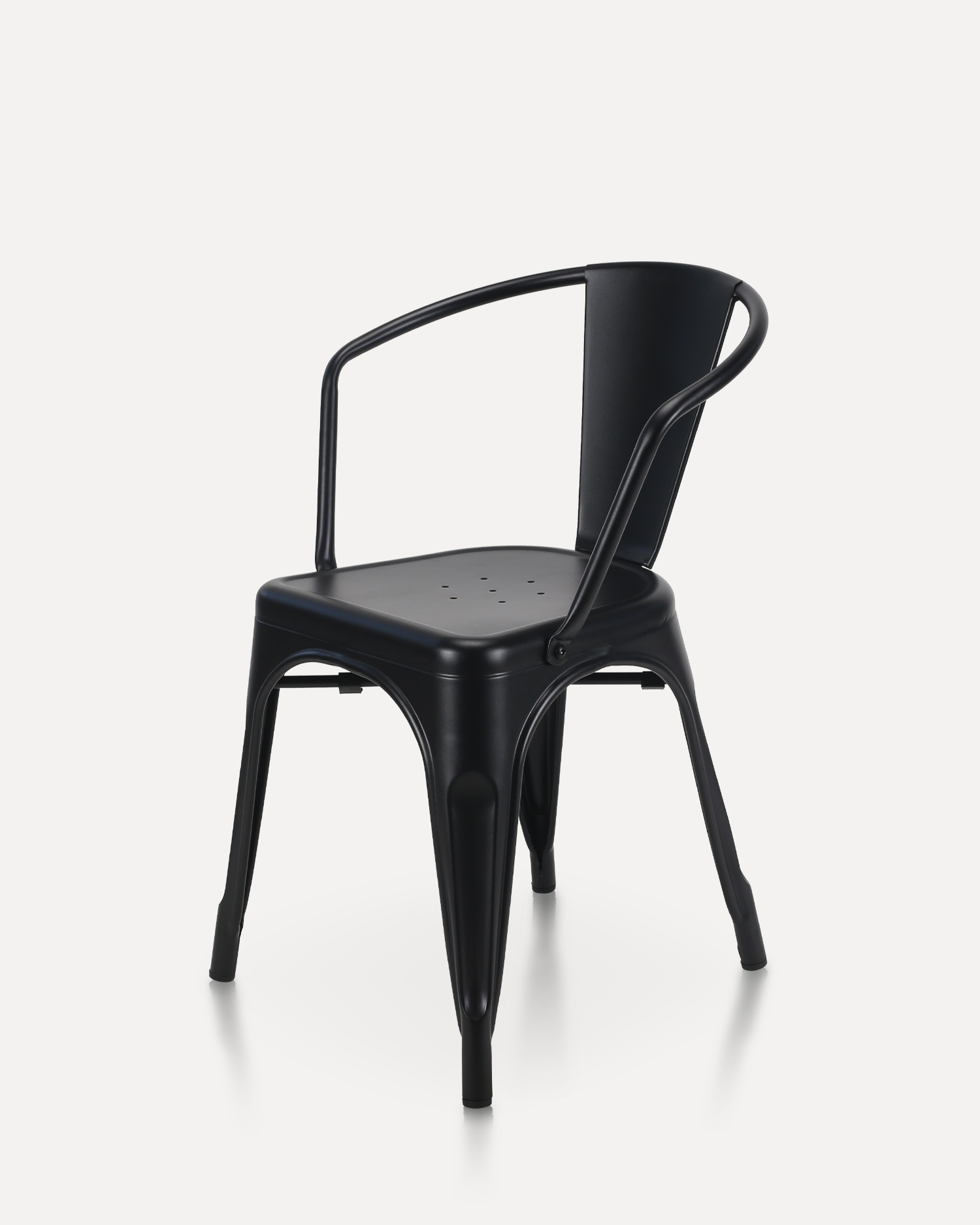
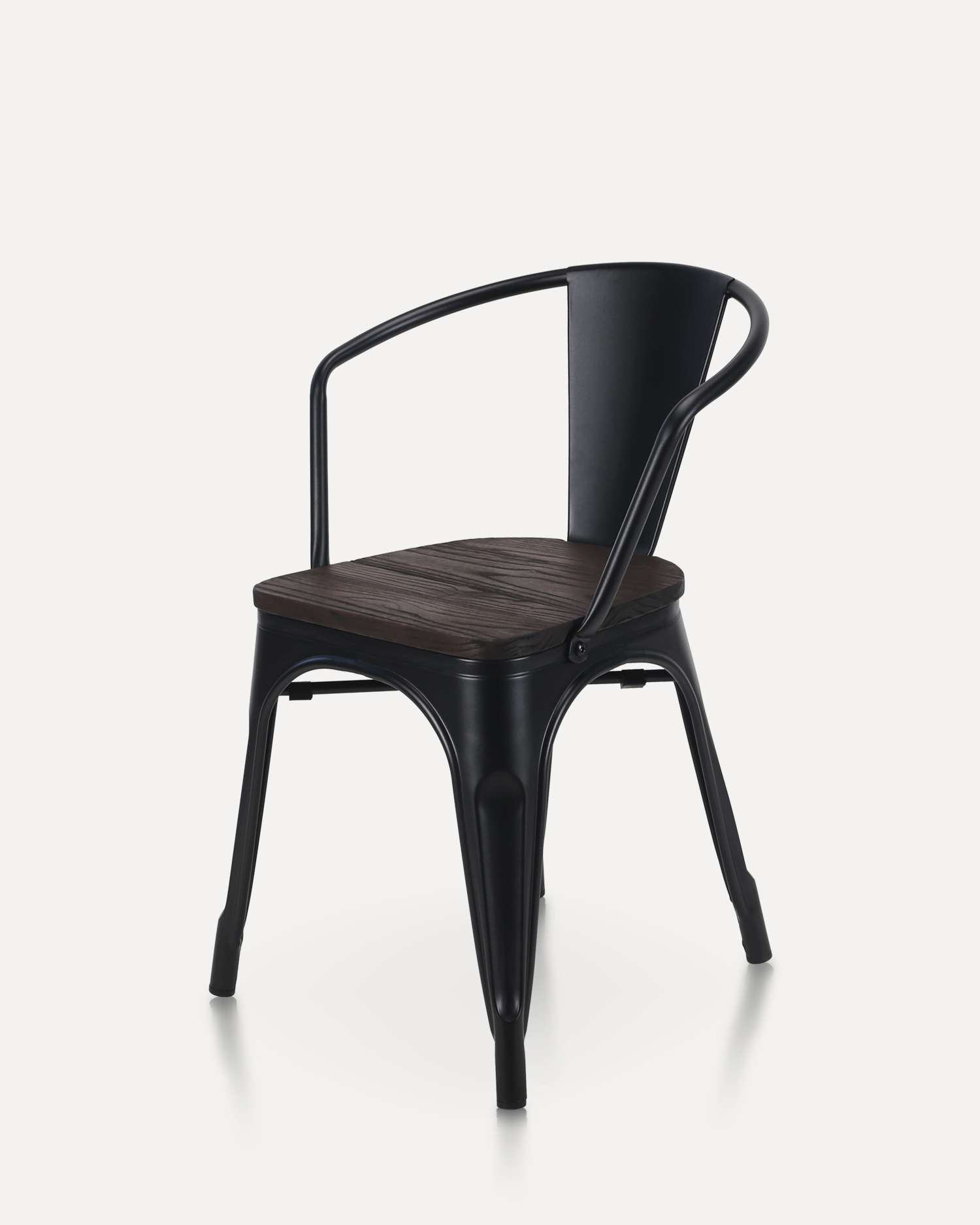
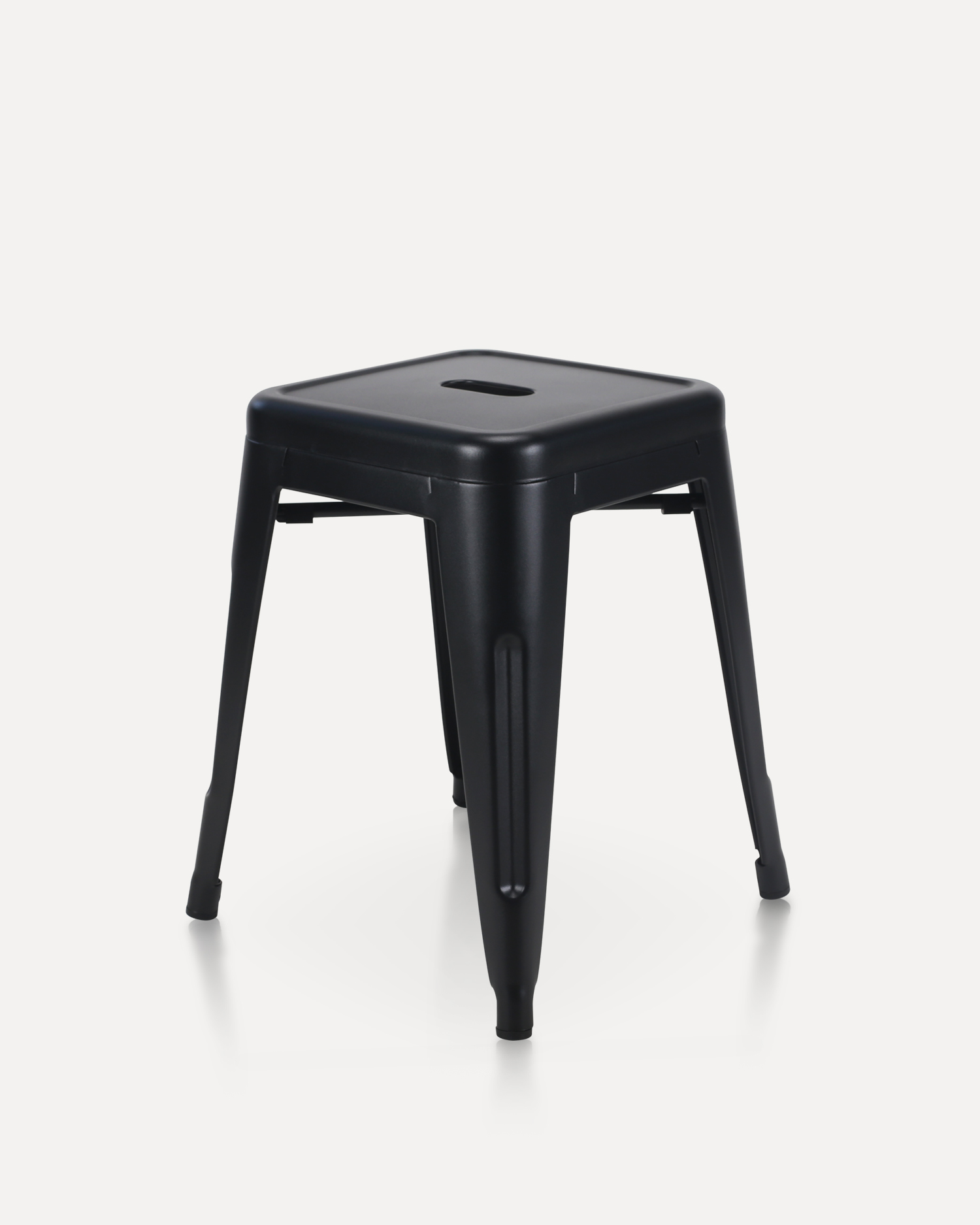
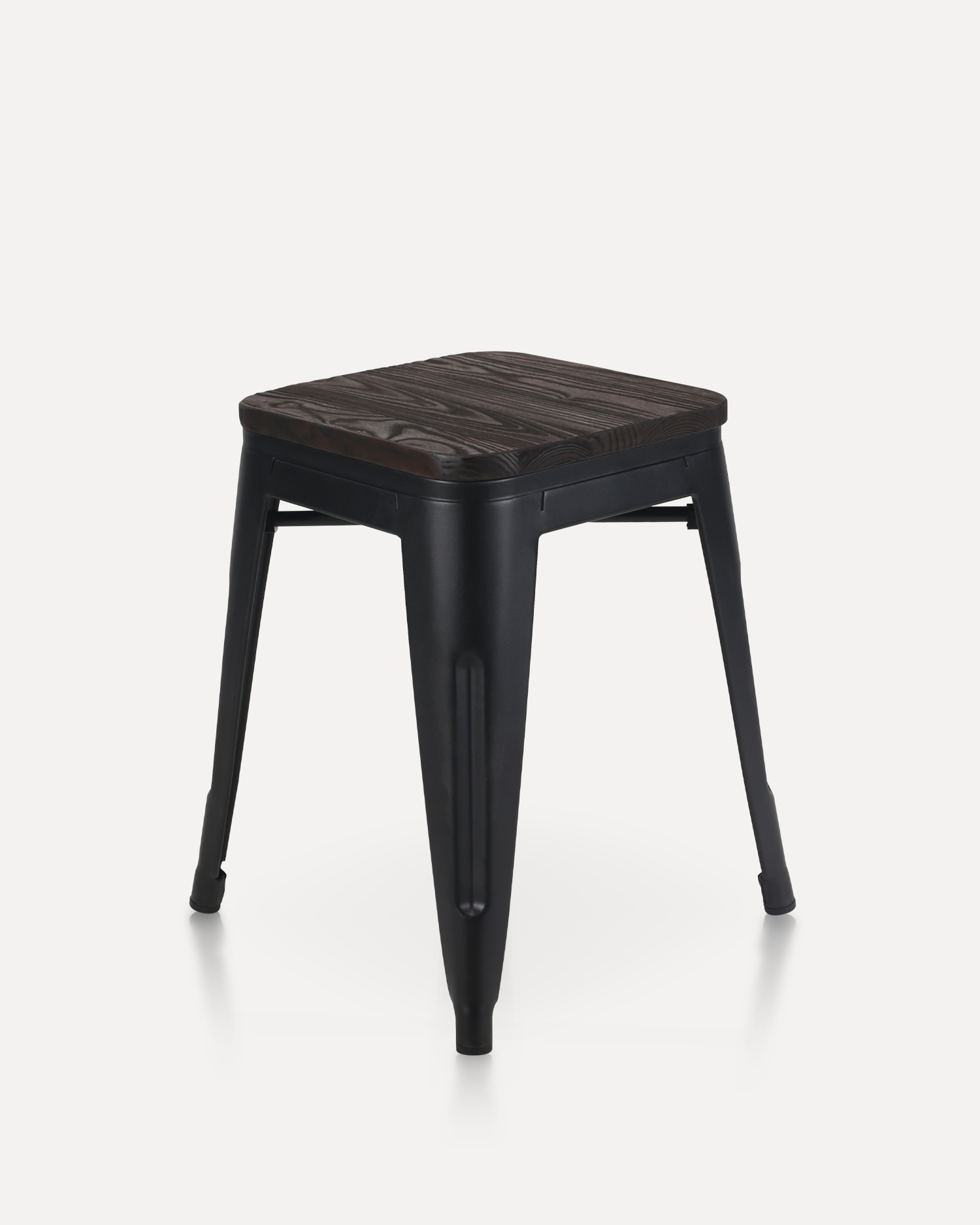
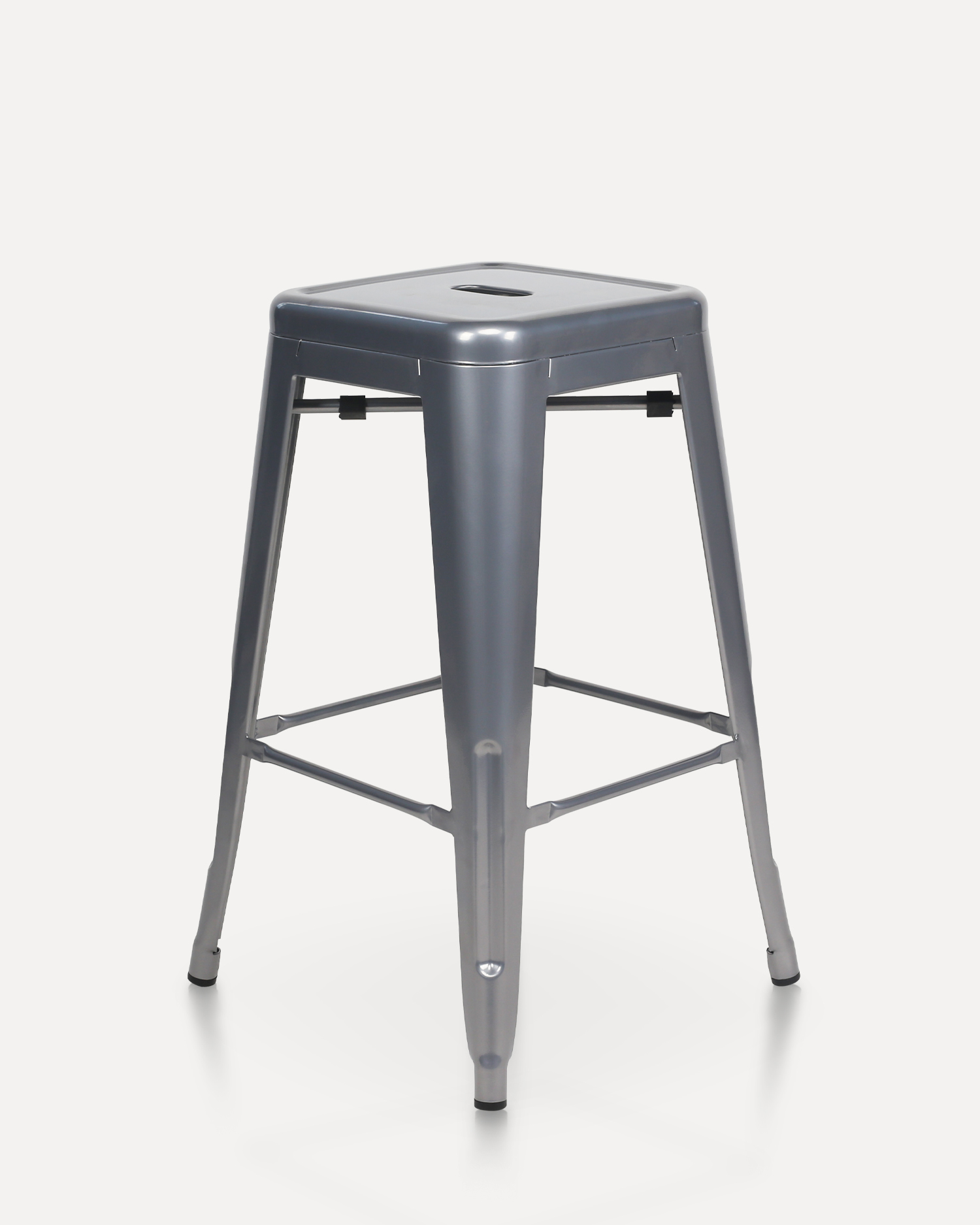
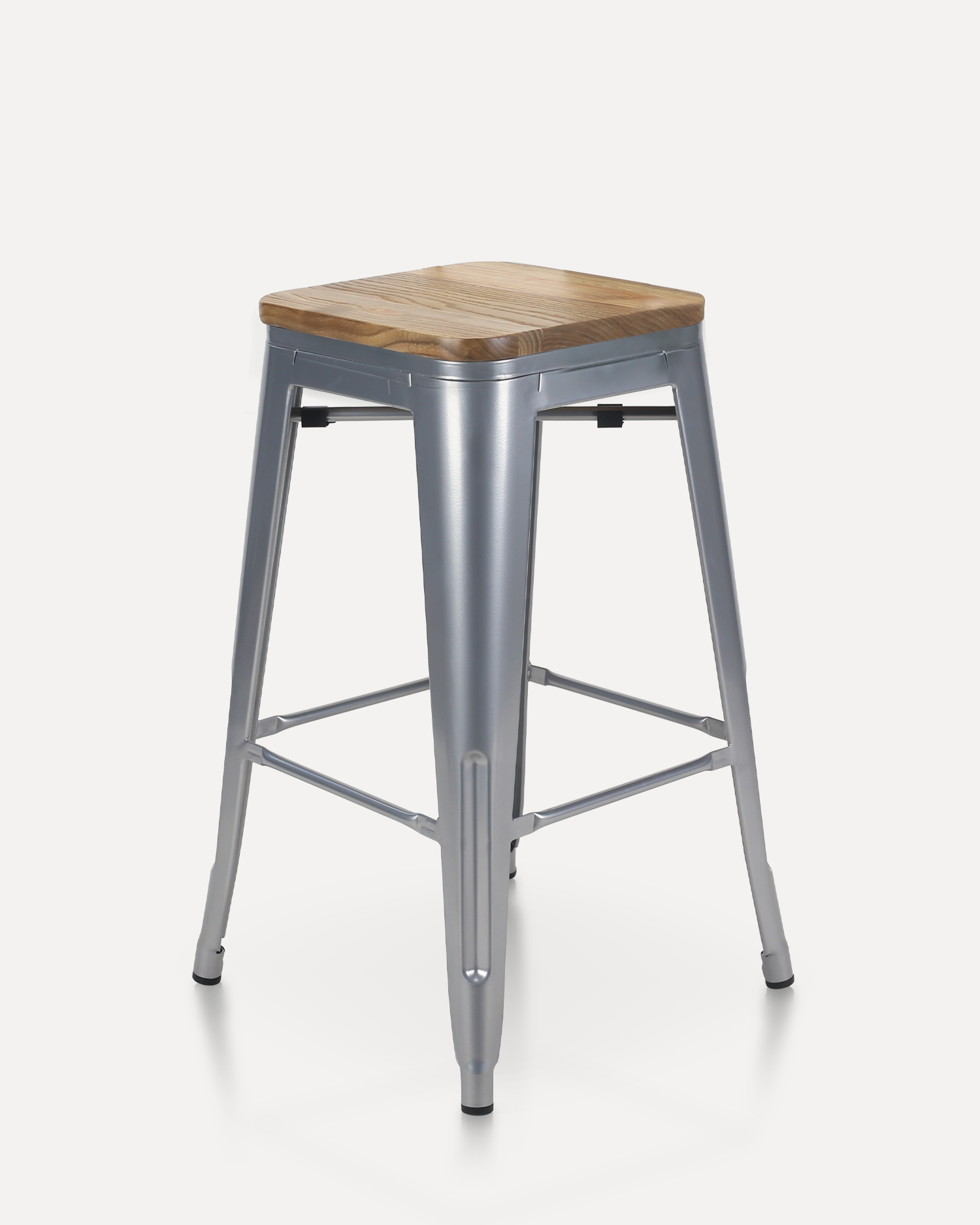
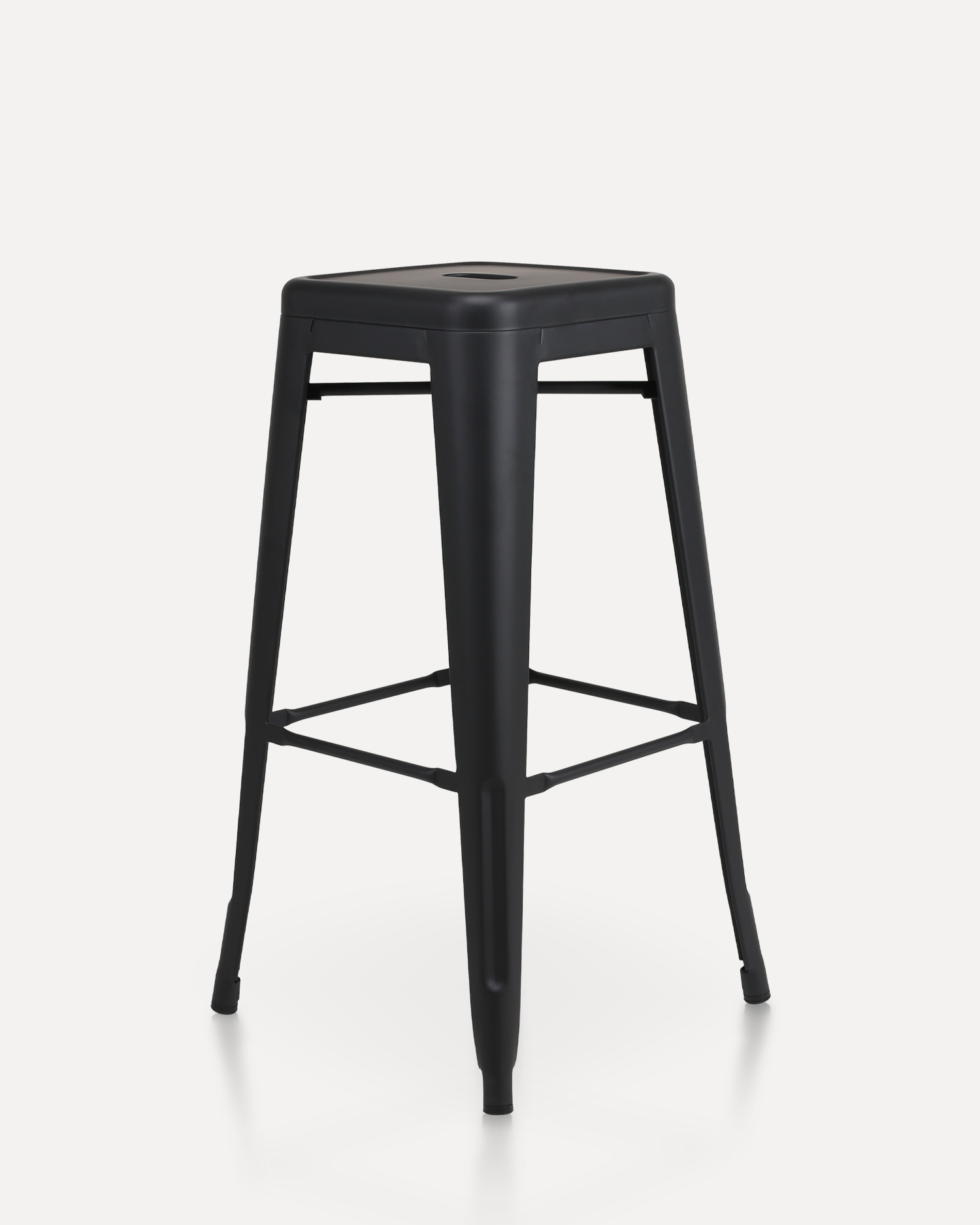





 Instagram
Instagram
 Facebook
Facebook
 Linkedin
Linkedin